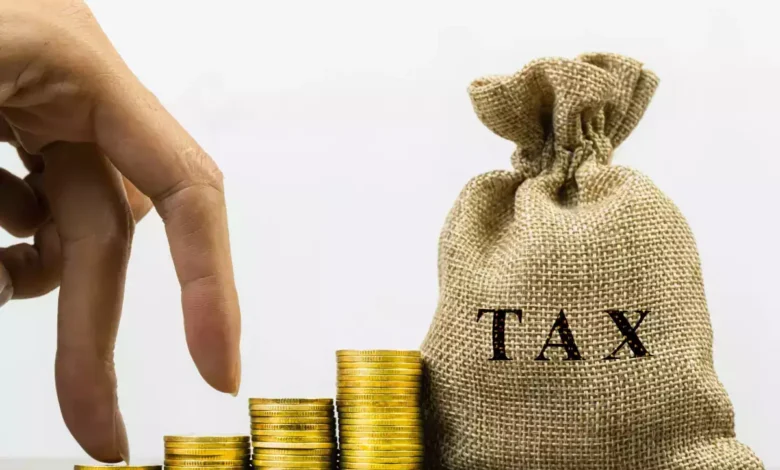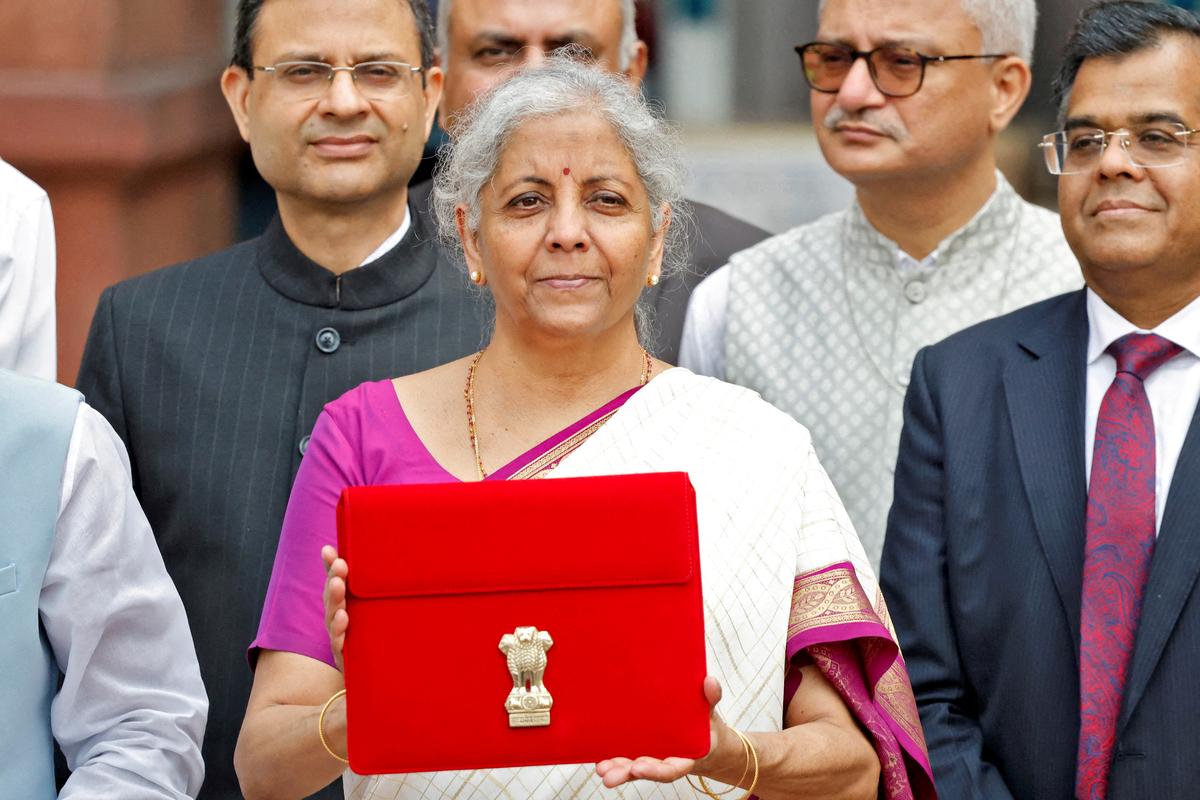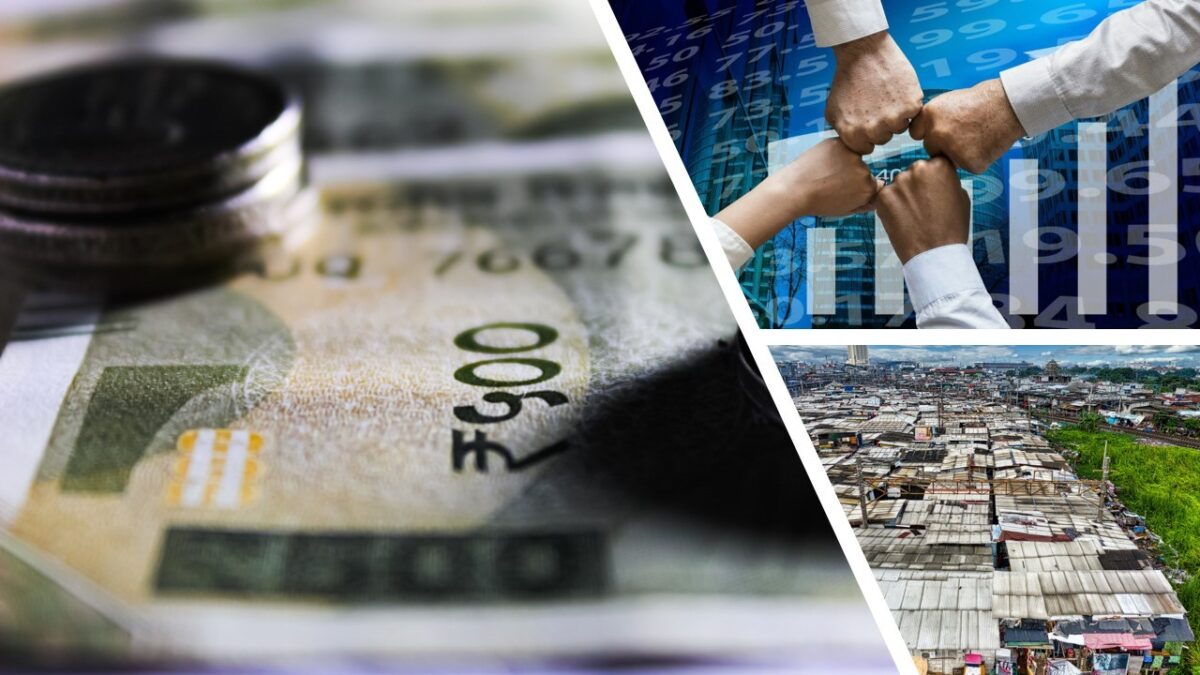Tax System Of The Country Breaking The Backs Of Middle-Class!
It is always the middle - class who bears the burden of the tax system and receives poor quality services. This raises serious questions about the system's fairness.

India’s middle class has been the backbone of the country’s economy, significantly contributing through income taxes, consumer spending, and its role in the country’s workforce. However, it is also the same class who is caught in a vicious cycle of high taxation, increasing cost of living, and inadequate returns in terms of public services over the years.
The Union Budget does not deliver much, but it has further enhanced the tax burden on the middle class, mostly excluding the corporate and wealthy sectors from contributing anything.
The Middle-Class Taxpayer: Overburdened and Overlooked
The middle-class of the country constitutes around 31 % of the total population, yet this class is normally taxed more to cover the burden of national taxation. Most salaried employees, constituting a significant segment of the middle class, pay a sizable portion of their earnings as income tax. Since this tax is deducted directly from their salaries, it means that the middle class has no say in how much of their salary is taken as tax. This sort of a distorted system makes it tough for salaried individuals to avoid or evade taxes than their non-salaried counterparts, who have more leeway to hide or manipulate their income.
The other common complaint of the middle class is that their taxes are collected without much care for their financial strain. The middle class pays not only the direct taxes like income tax but also indirect taxes like GSTs, which are levied on nearly everything bought. It taxes the middle class from both sides: their income is taxed before it reaches them, and their spending is taxed over that. This double taxation creates a self-reinforcing financial burden that is difficult to bear, especially when wages stay stagnant or stall inflation.
The middle class in India has very few tax breaks. They do not have the resources or expertise to shelter their income in tax-saving instruments or evade taxes altogether, unlike wealthier individuals or large corporations. Government policies, such as the stagnation of tax exemptions, have further added to the financial pressure on the salaried classes. For instance, deductions under Section 80D of the Income Tax Act, covering medical insurance premium payments, have not changed since nearly a decade ago, when health care was much cheaper. This non-revision does not help middle-class families offset the increasing cost of medical expenses with tax relief and pay for them out of pocket.
 The 2024 Budget: A Missed Opportunity for the Middle Class
The 2024 Budget: A Missed Opportunity for the Middle Class
When Finance Minister Nirmala Sitharaman presented the Union Budget 2024, she was sure to talk about multiple issues that the middle class is facing and what all the government is doing in its efforts to provide some form of relief, but the measures undertaken in the budget still are far from providing actual help to the most essential part of society.
Increases in Long-term Capital gains and Short-term Capital gains would be an immediate example of how the budget affects middle-class citizens. While the increase in LTCG tax from 10 % to 12.5 % and the increasing STCG tax from 15 % to 20 % would cause a serious blow on the middle classes, they are especially worse off to those who make investments, such as that in a mutual fund, and those who buy equities and hope it will help raise their deposits.
While the reason behind such hikes may be a quest for adding tax sources, the consequence are likely be to deter further investment in these instruments, which have historically been the favourite instruments of the middle class. Millions of families in middle-income brackets could see the consequent diminution of financial growth potential and may be discouraged from participating in capital markets.
Likewise devastating is the elimination of indexation benefits on property sales. This has given property owners the scope to enhance the sale price and make room for inflation. In this way, the gain taxable on the sale is reduced. Since inflation is slowly going up, this will strip off indexation benefits. This means that the seller will incur more tax liability while selling the property. That means returns from the sale of property are reduced. For most middle-class families, property is one of the very few assets on which they can bank their future security or retirement plans. Besides, the increased tax on sales only adds to their troubles in securing their financial futures.
While our Finance Minister, Nirmala Sitharaman has cited the reduction of corporate taxes and relief to businesses, such measures seem to be disproportionately tilted in favour of the wealthy and large corporations, leaving little for the middle class to celebrate. This is causing growing frustration among the very group that has historically supported the ruling government, especially given the fact that middle-class voters have shifted their allegiance significantly in the 2024 elections.
The most glaring failures of the tax system in India revolve around how the corporates and the rich have managed to escape fair taxation. The government, time and again, has made a myriad of attempts to encourage foreign investment and boost economic growth by giving tax breaks and incentives to large entities. While these have spiked growth, they again helped to build a system where the tax burden is significantly skewed towards the middle and lower classes.
The largest Indian businesses pay an effective tax rate that is substantially less than that paid by individual taxpayers. Loopholes in the tax system account for most of this difference. Besides, the wealthier Indians have resources and opportunities to hide their income through complex financial vehicles or offshore accounts. So, in this way, rampant tax evasion by the high-class and mighty puts added pressure on the middle class, who are not so privileged to decrease their tax-paid incomes.
 The marked difference in the manner in which the rich class and salaried middle-class people are treated can, however, be seen clearly when the tax contribution ranges.
The marked difference in the manner in which the rich class and salaried middle-class people are treated can, however, be seen clearly when the tax contribution ranges.
Corporate tax rates in India, according to various studies, are very low in the world, but businesses still get away with a fraction of taxes paid because the tax incentives and loopholes exist. This leaves the salaried middle class to bear the cross, while large companies, along with the rich elite, receive tax breaks and financial emoluments.
Higher Tax Rates in India Compared With Other Countries
India’s tax system is indeed criticized for its inefficient nature and its heavy burden on the citizens. If one looks at the effective tax rates of various countries, they are pretty high in India, but the money at the end continues to be a meager collection for taxpayers, especially in the middle class. High direct taxes aside, this middle class faces extremely high indirect taxes, such as GST, that have inflated nearly everything.
India’s tax-to-GDP ratio is lesser than most of the developed countries; however, its burden on an average Indian is higher since it is regressive in its indirect taxation structure. This results in the feeling of taxpayers that they pay for every single commodity or service without much in return. Underfunding and inefficient public services like health care, education, and transport add fuel to this notion of injustice in tax returns.
In countries like the United States, Canada, and most of Western Europe, the tax system is more progressive, where richer people and corporations will shoulder a larger share of tax burdens. In addition to that, these nations will offer better public services and security benefits for taxes collected. Though India levies higher taxes on the middle class, the tax system does not meet the level of public services they deliver.
What Can Be Done?
 Dissatisfaction among India’s middle class is palpable, and the latest Union Budget has only added fuel to fire. This has been an upward spiral whereby the tax burden will continue to increase on the middle class, with the rich and large corporations finding options to avoid paying their share of taxes. While the very significant contributions of middle-class taxpayers are aggregated at the government level, they get little back from these sources of revenue, thereby further alienating and frustrating the middle class.
Dissatisfaction among India’s middle class is palpable, and the latest Union Budget has only added fuel to fire. This has been an upward spiral whereby the tax burden will continue to increase on the middle class, with the rich and large corporations finding options to avoid paying their share of taxes. While the very significant contributions of middle-class taxpayers are aggregated at the government level, they get little back from these sources of revenue, thereby further alienating and frustrating the middle class.
The government needs to rethink its tax policies and emphasize reforms that will ease the burden on the middle class. It includes greater tax exemptions, especially in health and revisiting capital gains taxes so that investment is made attractive. Also, loopholes in the tax system allowing the rich and corporations to evade taxes need to be addressed for a better tax system.
Ultimately, the government should realise that a vibrant middle class is the very source of long-term stability for the country’s economy. This would not only make better the lives of the middle class, but also restore faith in the democratic system. For, as the most recent electorate results represent, the middle class is no longer prepared to blindly support any administration that fails to address its wants and concerns. Now is the moment for the administration to implement serious change and restore trust in the country’s tax system.




